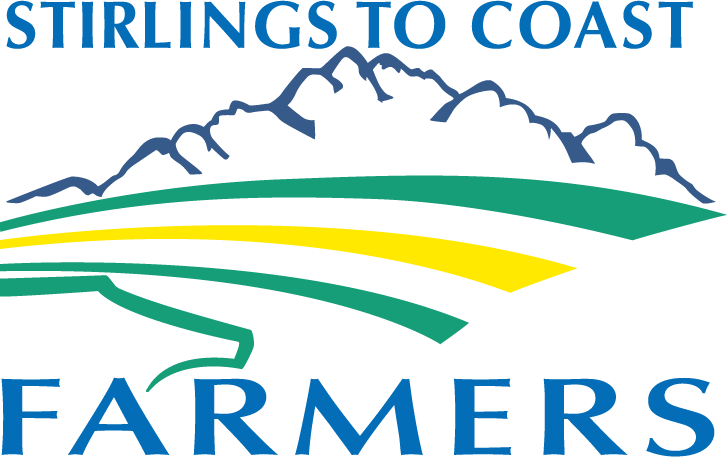Optimised Pasture Management
Project Aims:
To increase the skills & knowledge of landholders, researchers & local NRM officers in the use of effective and practical digital tools that can help monitor and improve our land resources through active management of groundcover.
Project summary:
Training workshops and Best Practice Pasture Management demonstration sites will be established across three farms in Mt Barker & Albany's high rainfall zones in southern WA. The project will utilise a range of modern tools and technologies that will remove the barrier to best practice management, allowing landholders to sustainably build pasture productivity, carrying capacity and limit soil degradation. Some of the technologies implemented at these sites will include drone imagery, satellite & vehicle-based camera data and hyper-local weather stations.
The project will deliver a comprehensive extension program that provides NRM outcomes for land improvement and increased sustainability through farmer to farmer interactions, with a strong focus on technologies that help improve groundcover management.
Project background:
Climate change presents a real threat to farming operations, particularly as seasonal conditions continue to change year on year. Rainfall variability, frosts & changes in temperature all play a significant part in the development and maintenance of groundcover. Effective ground cover management protects our soils against erosion, rain impact, compaction and is an essential contributor to soil biology and soil chemistry, herbicide effectiveness, and overall soil condition.
With a varying climate, landholders need help to adapt their livestock and cropping management to limit their effect on the land whilst trying to optimise their production systems to remain sustainable into the future. Successful adaptation to climate change will need strategic preparation and tactical responses from landholders to ensure that farming remains sustainable and pasture production remains synergistic with animal production.
Current ground cover measurements assess pasture availability by eye based on the farmer's experience. Many landholders find it difficult to accurately determine feed availability and extrapolate measurements to define a whole paddock's livestock carrying capacity. The adoption of digital technologies will provide landholders with the ability to monitor their land more effectively and the opportunity to monitor changes and trends over time through spatial analysis. Low-cost technologies are easily adaptable into farming enterprises where landholders can utilise monitoring, analysis & learning within their decision-making process to understand the impacts on groundcover production better.
A better understanding of ground cover variation across paddocks means that landholders can implement better animal grazing & regenerative techniques to ensure that biodiversity continues to thrive. Better ground cover management will improve the sustainably of animal production both on & off-farm.
resources
ACKNOWLEDGEMENT
This program is jointly funded through Australian Government’s National Landcare Programme and Stirlings to Coast Farmers.


